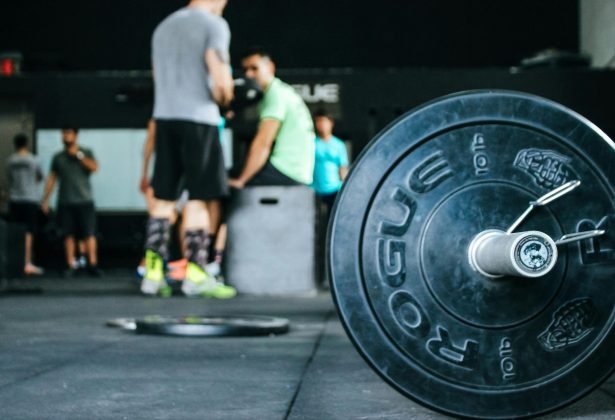Varying exercises in training program or sticking to the same?

I would say that the answer to this question is highly individualized but one thing is common – one training block (e.g., 8 week training program) should contain a given set of exercises which are repeated every one or two weeks but at increased intensity and/or volume.
However, when looking at a longer time period of training a question of varying exercises or not becomes more complex. If we have a beginner in whatever type of training they're into, varying exercises reduces the ability to progressively overload the exercises, since a person has to learn and adapt to multiple movement patterns which are constantly changing – as he/she gets neurologically and mentally confident in one set of exercises we're adding new variations so the adaptation process starts from the beginning.
Imagine a person that is still getting comfortable with barbell back squats, he/she was doing high bar back squats in their last training program, but now we suddenly decide it's time to change to low bar back squat. They won't get proficient in any variation, but will stay inconsistent in both.
However, if we have a person that is highly advanced in the set of exercises he/she does, adding variations can be beneficial due to 3 main reasons:
-
Exposing muscles to new exercise variations forces CNS to activate new and/or more motor units in search for efficient movement pattern
(motor unit – collection of muscle fibers innervated by one motor neuron).
This amplifies anabolic signals which is particularly beneficial for people whose hypertrophy has stalled due to years of experience.
As Bompa and Haff explain, "Varying exercises can prevent accommodation and continually stimulate the neuromuscular system, leading to greater muscle fiber recruitment" (Bompa & Haff, 2009).
To visualize this concept, think of an experienced weightlifter. Their CNS “knows” which motor units to activate in snatch and clean & jerk, but adding a “spin” to the lift (e.g., no feet snatch/clean, behind the neck jerk, hang snatch…) will force CNS to activate more motor units as the movement has changed slightly. The result is enhanced hypertrophy since more muscle tissue is activated in a movement.
– It is very much obvious why this doesn't work with beginners, since their CNS has yet to reach the degree of adaptation in which changing exercises would benefit anabolic signals
-
“Re-awakening” of CNS with different stimuli has neurotrophic effects – strengthens neural connections for activated muscles.
Let's get back to our trained weightlifter whose CNS has become so proficient with familiar movements that it got 'lazy'. Variations will reduce the automaticity to a degree and force them to give more neurological effort which in turn causes neural adaptations.
This concept is supported by research indicating that novel motor tasks lead to greater neural plasticity (Ploughman, 2008).
– Beginner's CNS is still highly activated with commonly used exercises, so there is no need to add variations
-
Variations, especially in compound movements, can be oriented towards skill correction by forcing the body into positions it doesn't naturally favour but which are more efficient.
– Beginners still have a skill to learn before they can start correcting it, but small variations can, for this purpose, be beneficial for beginners as long as they don't deviate too much from original movement.
